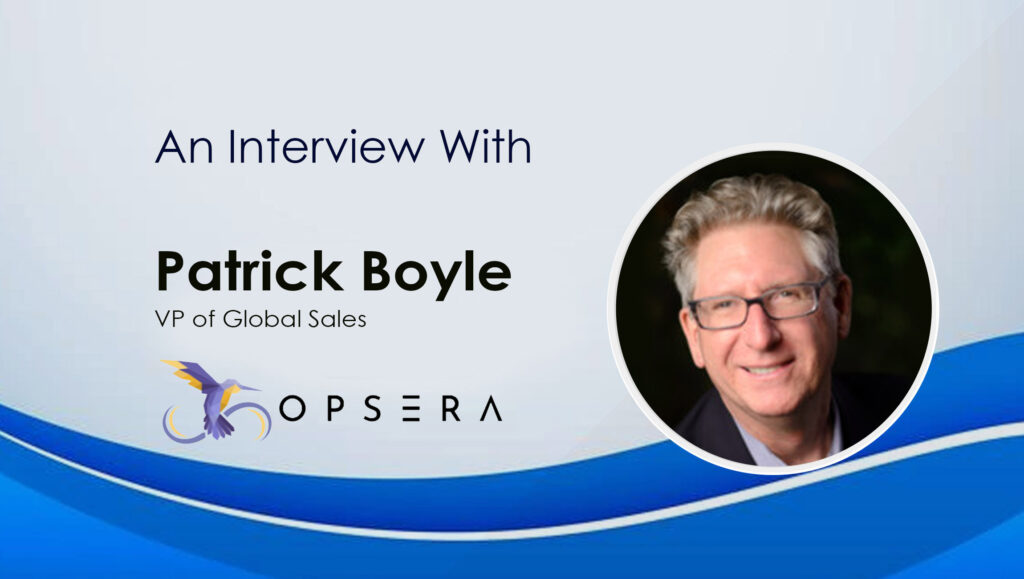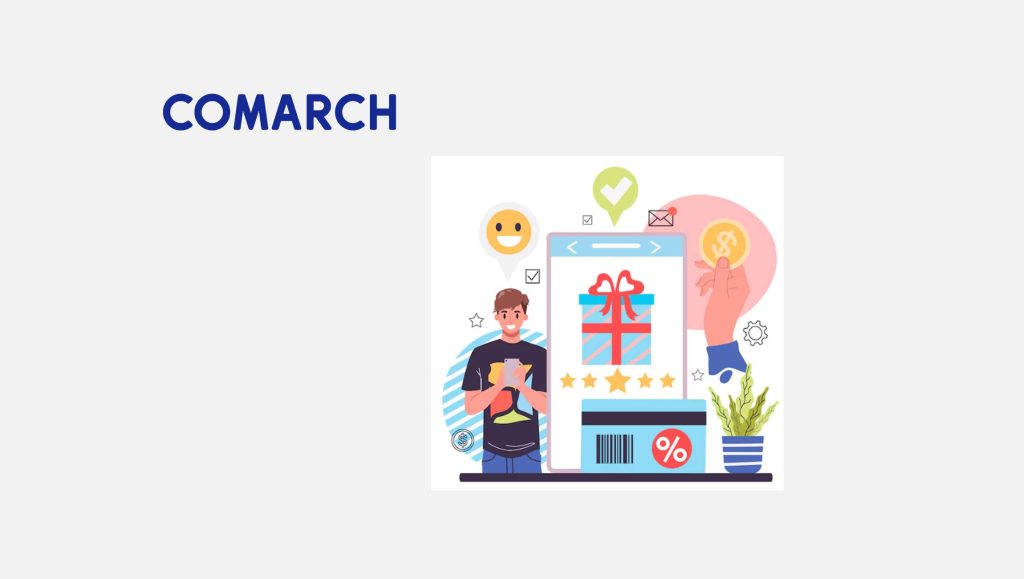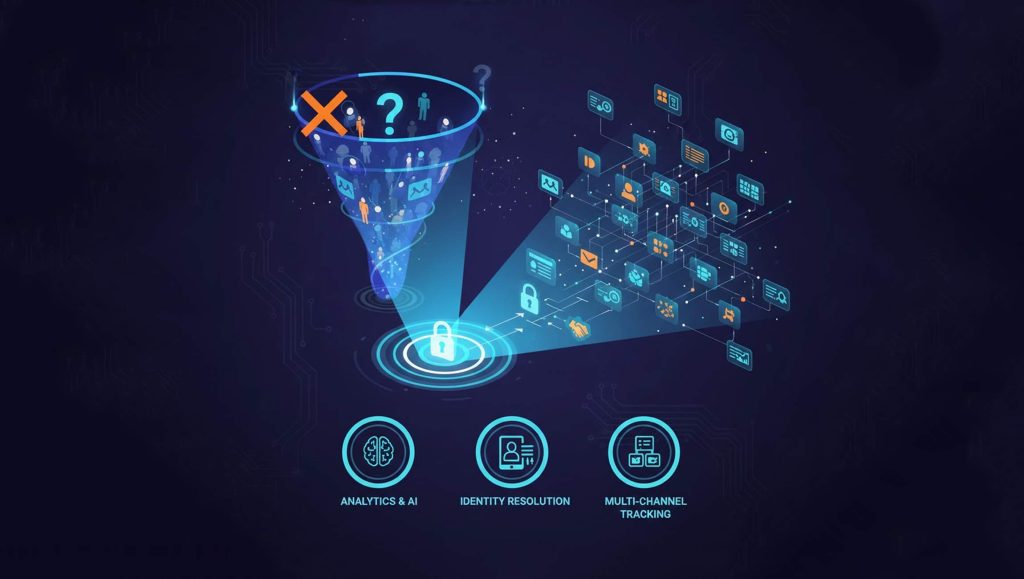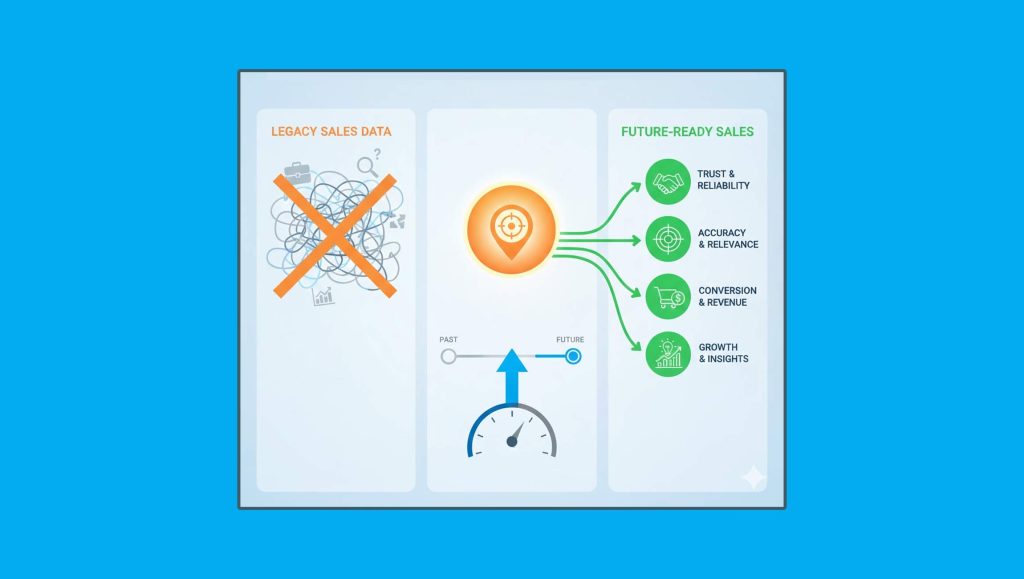Patrick Boyle, VP of Global Sales at Opsera shares a few proven B2B sales best practices in this quick catch up with SalesTechStar:
_________
Welcome to this SalesTechStar chat Patrick, tell us about your sales journey through the years and more about your new role at Opsera…
I’ve always been a student and fan of communication. From studies of rhetoric in school to an obsession with whiteboards and driving understanding with graphics. I’m a fan of “The Visual Display of Quantitative Information” (Tufte).
I’ve always naturally employed a consultative or solution sales approach, and coach my teams to do the same. It has served us well in the B2B enterprise space.
And I enjoy bringing those skills to a startup, especially in its early stages, when it’s most critical and impactful
What do you feel are some of the more prominent, immediate concerns of sales leaders taking over new sales teams: what should their first area of attention be?
As you take over a new sales team, think about how you can leverage existing or adopt new processes that will meet KPIs, attract the right talent and retain high performers. For example, determine how you can focus on creating a structured, replicable sales process that helps your team focus on what they are best at (i.e. closing deals) rather than being tied up with mundane tasks. Empower your sales team with a metrics-driven approach so it is very clear what is working and what is not working. Essentially, set the process(es) that will set your talented team up for success.
Read More: SalesTechStar Interview with Todd Fisher, Co-Founder and CEO, CallTrackingMetrics
We’d love to hear more about the kind of sales strategies in SaaS that you’ve often driven/relied on through the years and the salestech that has helped power this…
Sales strategies for SaaS products require sales reps to find what works for their business. In other words, there is no one size fits all approach. Deciding on the best SaaS sales strategy depends on where your company is in its SaaS adoption and development.
To generate revenue, your SaaS sales strategy should focus on continuously improving three key areas of the sales funnel:
- Lead generation – generating customer interest in a product with the goal of turning that interest into a sale.
- Customer prospecting – directly reaching out to your target customers to introduce your company, product, and services.
- Closing deals – the final stage of the transaction, where agreements are signed and the sale is made.
You can measure your sales team’s effectiveness with KPIs in order to improve and these metrics will often be different between Sales Development Representatives and Business Development Representatives. The sales process for SaaS in particular can also be greatly improved by the adoption of sales technology. There are a wide variety of tech offerings for SaaS sales, which can be implemented at all stages of the sales funnel.
The typical sales tech tools I’ve used often cover the areas of prospecting (i.e. LinkedIn Sales Navigator, Outreach), Engagement (i.e. Groove), CRM (i.e. Salesforce), Contract Management (i.e. Oneflow), Analytics (i.e. Clari, Gong) and many more tools used for e-signature software, lead scoring, business intelligence, email automation, and many more.
For businesses looking at enhancing their global sales strategies and processes in 2022: what top tips would you share?
It’s no secret that the SaaS industry is rapidly changing the way global business is conducted and changing the entire landscape of sales as we once knew it. Much like the products and services being sold in this industry, sales teams need to easily adapt to meet the customer where they are. In order to achieve this adaptability, sales representatives need to understand the ecosystem and environment they are trying to sell to so they can appropriately discuss the painpoints customers are experiencing. The ability to meet a prospect at their level and communicate effectively with them about their frustrations and bottlenecks is a major aspect of any global sales team strategy, but tackling the SaaS industry might require a few more tips and tricks. Try adding these three strategies to your sales team handbook this year:
- Dig Deeper into Existing Markets – This might seem like a pretty obvious strategy, but in the SaaS industry, this tactic is especially prevalent because of trends like tool sprawl, vendor lock-in, ecosystem limitations, etc. Oftentimes the customers you are currently serving have competitors who are experiencing similar painpoints and provide your sales team with a bountiful pipeline of potential leads and customers. You’ll want to tread lightly so as not to upset any current customers, but done correctly your sales team will learn how to leverage current customers for new opportunities.
- Case-Study Focused Pitch – With the rise of remote work comes meeting fatigue. At the end of the day prospects simply want to know how this product is directly going to serve and benefit their processes and systems. They don’t need a 30 slide presentation on how the product works or how it was created, they want solutions to problems. Leveraging case studies is an excellent way to not only let your prospect know they aren’t alone in their frustrations, but to demonstrate digestible value-add in a quick and simple medium.
- Encourage the Use of Free Trials – Virtually every SaaS company offers a risk-free trial of their product. Trial time length, level of platform access and overall use vary from company to company but the principal option of a free trial remains. The offer of a free trial is the perfect, non-pushy, “let my product do the talking” approach that also is fast becoming table stakes.
A few thoughts on the future of SaaS and B2B sales?
The transition (of everything) to the cloud is not slowing down any time soon. As the SaaS market becomes more competitive and mature, sales teams will need to find new ways to creatively sell. Selling successfully in B2B means crafting authentic stories and strategic narratives that stand out from the competition to loop prospects in and keep customers around.
What prospects respond best to is knowing what’s ahead of them. If a sales team can give a prospective client a ‘look around the corner’ and bolster that with relevant customer stories, they will be highly successful.
SaaS has presented a new challenge for B2B sales teams, but with a few tweaks in approach and thinking it can be easily scalable and manageable.
Read More: Top Sales Prospecting Challenges for B2B Sales Teams to Overcome

Opsera (www.opsera.io) is the first Continuous Orchestration platform for next-gen DevOps that enables choice, automation, and intelligence across the entire software life cycle. It offers simple, self-service toolchain integrations, drag-and-drop pipelines, and unified insights. With Continuous Orchestration, development teams can use the tools they want, operations teams gain improved efficiency, and business leaders have unparalleled visibility.
Patrick Boyle is VP of Global Sales at Opsera with a passion for SaaS, Salesforce DevOps and DevSecOps. Boyle brings decades of sales leadership experience and was most recently RVP of sales at Copado and also held sales leadership roles at AutoRABIT and Flosum.





















